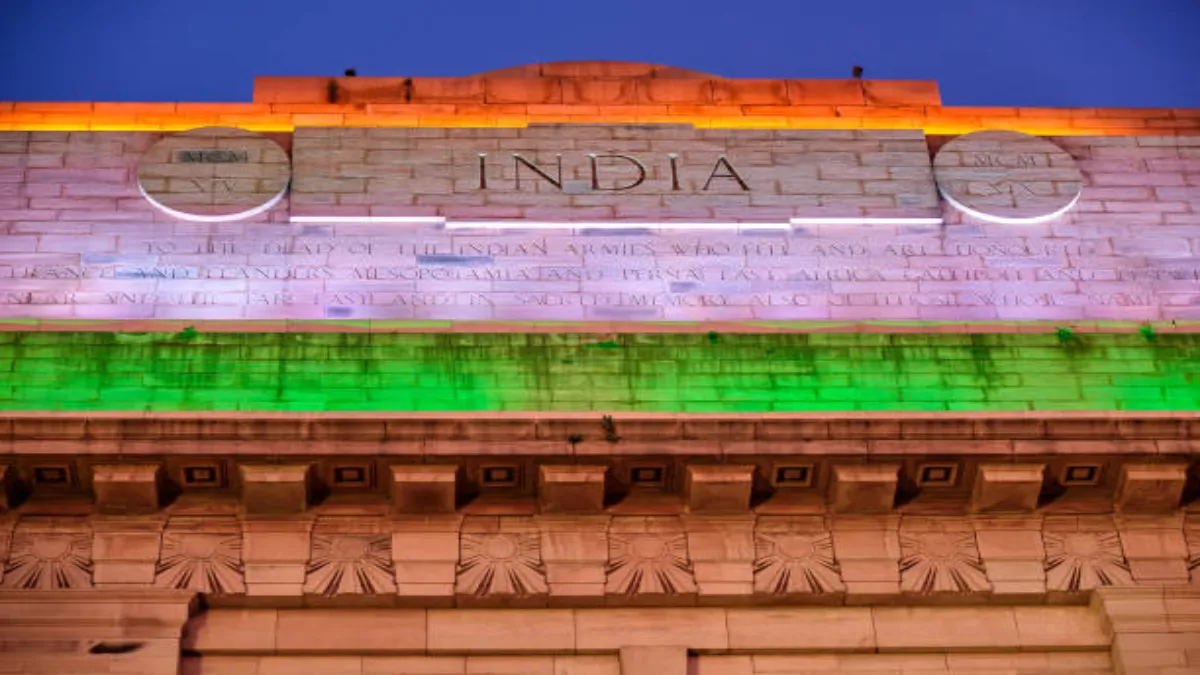November 7, 2025 marks 150 years of Vande Mataram, India’s National Song, first penned by Bankim Chandra Chattopadhyay and published in Bangadarshan on November 7, 1875. It was later woven into his seminal novel Anandamath (1882) and first performed by Rabindranath Tagore at the 1896 Indian National Congress session, before being adopted by the Constituent Assembly as the National Song in 1950. Prime Minister Narendra Modi will inaugurate a year-long commemoration at the Indira Gandhi Indoor Stadium.
What the title means
Originally composed in Sanskrit, Vande Mataram translates to “Mother, I bow to thee,” personifying the motherland and celebrating her beauty, strength, and spirit in lyrical detail.
The version India adopted
While the original poem comprises six stanzas, only the first two were adopted as the National Song to ensure broader inclusivity, as later verses include explicit invocations of deities featured in Anandamath’s revolutionary context.
A rallying cry for freedom
Vande Mataram ignited nationalist sentiment and became a defining slogan of the independence movement, notably during the 1905 anti-partition agitations in Bengal; both the novel and the song faced bans under British rule due to their mobilising power.
Consensus in the Constituent Assembly
There was complete agreement in the Constituent Assembly to adopt Vande Mataram as the National Song alongside Jana Gana Mana as the National Anthem, reflecting the song’s unifying stature.
No codified protocol
Unlike the National Anthem, there is no prescribed rule requiring people to stand or follow a fixed decorum when Vande Mataram is sung or recited.
Watch Video Here:
150 years on
From Bengal to Bombay and Punjab, the song transformed abstract patriotism into a shared, lived feeling first as a symbol of resistance to colonial rule, and today as a collective identity and aspiration that continues to resonate across generations.
